Handcrafting High School: Year 2, Month 1
The first month of tenth grade might have been the best month we ever spent homeschooling. You might be thinking, “Well, Yeah! You were traveling and hanging out. How could that not be great?” 🙂 That is true, of course, but it was more than that. The planning and intent for this trip focused on enriched learning. The choices for where we stayed and what we did were planned with the intent that what we studied on the road would enrich our understanding of a situation in science, culture, and/or history. We were not disappointed.
I am behind in my writing so I can tell you from perspective, that this year is the best example of what I mean by the statement that for our homeschool the method we use is the one that works. The factors that go into deciding the method or mix of them are
- what my son is studying: different subjects require different methodologies.
- the best materials and/or programs I can find for the course. Even for subjects I know well, I like to find materials to reference.
- how he accesses information while studying the materials for that course of study. This is a mixed bag for him. Sean is a very creative person, and subject areas he considers creative he treats differently than those subjects, like math, that he does not consider creative endeavors.
- how I am best able to present that material, in other words, “the best way for me to teach it.” You have probably noticed I usually talk about learning, but I am Sean’s primary teacher, chooser of materials, and chooser of core courses. So, the materials and courses have to work for me too.
- and what comes along to be added in while we are engaged in the subject. This is the reason this blog post is late. Really cool opportunities keep coming up.
Each course of study gets its own special treatment. If my son and I think something is important enough to include in his academic journey, then I will work to figure out the best course of study for him for this subject. Sometimes this “best method” is universal for most students, sometimes it is specific to my son or people who access information similar to him, and sometimes what looks like the “best” on the outside does not end up being the best after we get started with it. If what we do sounds good to you I think there are two things to recognize. 1. It is a lot of work to give someone a handcrafted education, and 2. the results are so worth it! Over the years it has been hard to judge this from time to time, but now in tenth grade I am able to see I mostly got it just right.
There is also a big difference between mostly right and all right, when it comes to my relationship with my son’s journey through learning. I think a lot of problems can occur when homeschooling parents assume they have figured out a course that is all right. It is too easy to become attached to paths when that happens. Because I assume with a lot of work, the best I will ever attain is mostly right, I keep working hard to figure out what best is and what it looks like. This results in us adding and discarding parts without getting too attached to them as I continually work to get the journey mostly right. This work is where and when the magic happens.
Because we have already incorporated so many methods into this year’s homeschool journey, I will try to discuss them as I go along. My goal with my 10th grade blog articles will be to focus more on the process we use. I get a lot of people asking me for more information about that aspect of our handcrafted education.
A year or two ago I decided to start tenth grade with a service project, followed by a driving tour studying local history, conservation, and geology, especially geology. Plate tectonics is a core concept of geology, but tectonic plates are so big, it is hard to see how slow moving rocks can lead to the formation of something massive like the Himalayas. I wanted to follow the Pacific Ring of Fire down the West Coast of the U.S. so that Sean could get an idea how large tectonic plates are. Besides, I think the year you study geology and environmental science, you should spend a lot of time outside looking at the subject of your studies. This illustrates the most common learning strategy I use. I will ask Sean to study the basics of a core concept, like plate tectonics, just the basics at this point, nothing intense. Next we learn about those basics in a practical manner, as we did with our driving tour. At that point he is fairly literate about this core concept. Then we will return to our course of study, in this case geology, with an understanding of this core concept. This gives you a place to bring everything together and take learning to a new level. It turned out to be everything I hoped for and more. You might be thinking, but how can I do that. There is no way I can spend 5 weeks on the road. Just remember field trips will work too. 🙂
I am going to write this using photos and short blurbs about where we were and why. I did write a few blog pieces focused on location. I will include those links.
Getting to the Service Project
8/11/2015: We packed up and got ready.

Five of us left together on our grand adventure. In addition to me, there was my son Sean, his best friend Sophia, my husband Jim, and our good friend Michelle. I love to pack for our adventures. We planned on spending 5 weeks on the road, most of that sleeping in our pop-up trailer. We would sleep in the dorms and eat in the communal dining hall at Re-member, but the rest of the time we would sleep and eat primarily from food we cooked in the pop-up. This would save us a lot of money, but it also made it easier because of the 5 of us, 2 are vegan, 2 are vegetarian, and Michelle, the only meat eater of the bunch, was leaving us after Re-member. Getting vegan food on the road in the U.S. is not easy. It is so much easier to do in other countries!
8/12 near Great Basin National Park, Nevada

We started in Bridgeport, California at 5 in the morning. We packed up the night before so we could start early. We wanted to get on the road early, so we could find ourselves in the middle of nowhere a couple of hours before dark. We planned on waking up at 2 in the morning on 8/13 to watch the Perseid meteor shower, http://science.nasa.gov/science-news/science-at-nasa/2015/11aug_perseids/. It was a long hot drive and everyone was a bit crispy by the time we got to a spot we liked, but it was well worth it. The Perseids did not disappoint. 
A good place to watch a meteor shower, away from any light pollution.
I wrote a blog post about it, https://seahomeschoolers.com/travels-with-sea-wheres-blair-great-basin-national-park-utah/

Scientists are as likely to be looking down as up, when they on vacation! I love spiders, and ants always make me think of E. O. Wilson!
8/13-8/14 Dinosaur National Monument Park

Our second stop was Dinosaur National Monument Park on the border of Utah and Colorado. It is an amazing testament to the constantly changing landscape of Earth. http://www.nps.gov/dino/index.htm. This link takes you to a blog post about this, https://seahomeschoolers.com/travels-with-sea-wheres-blair-dinosaur-national-monument-park/



Sean complains, but I still make him go to guided talks with us. Jim complains too sometimes, but they humor me! I tell Sean he may not thank me as a teenager, but he will thank me when he is 30!

Look at the uplift! This area might be quiet now, but it hasn’t always been that way.


There is evidence that these organisms once swam where we are standing now. Inland seas, dinosaurs, volcanic activity, uplift, and now us standing on the ever-changing Earth!


We saw petroglyphs too! Jim, my husband, and I love to hike and hunt out evidence of ancient civilizations. I was glad to see these on our way to Re-member. Too often the history of the North American continent is taught as if it started when Columbus “discovered” America. I wanted there to be a focus throughout this month on how history is interpreted and often distorted.


We went to check out an old homestead before heading back to our campsite. My family is all from Colorado. Many of the summers of my childhood were spent in the town of Eagle, Colorado. This homestead made me nostalgic for those days.

Working on kendama tricks was a major theme of the trip!

Cleaning the dust off in the Green River.
You might be curious about the planning for all this. If it looks like I have everything planned down to the nth, you might be surprised. Most of this is done haphazardly. My son will tell you I am the free-spirited type and often when we travel, figuring things out on the fly, on the road is best. Plans like the when and where for our service project, are figured out well ahead of time, but the rest is not. For example, the plan to go to Dinosaur National Monument Park was figured out two days before we left. I happened to read about it somewhere, none of us had heard of it before, and away we went.
Check out our post on an eclectic and effective approach to foreign language studies here.

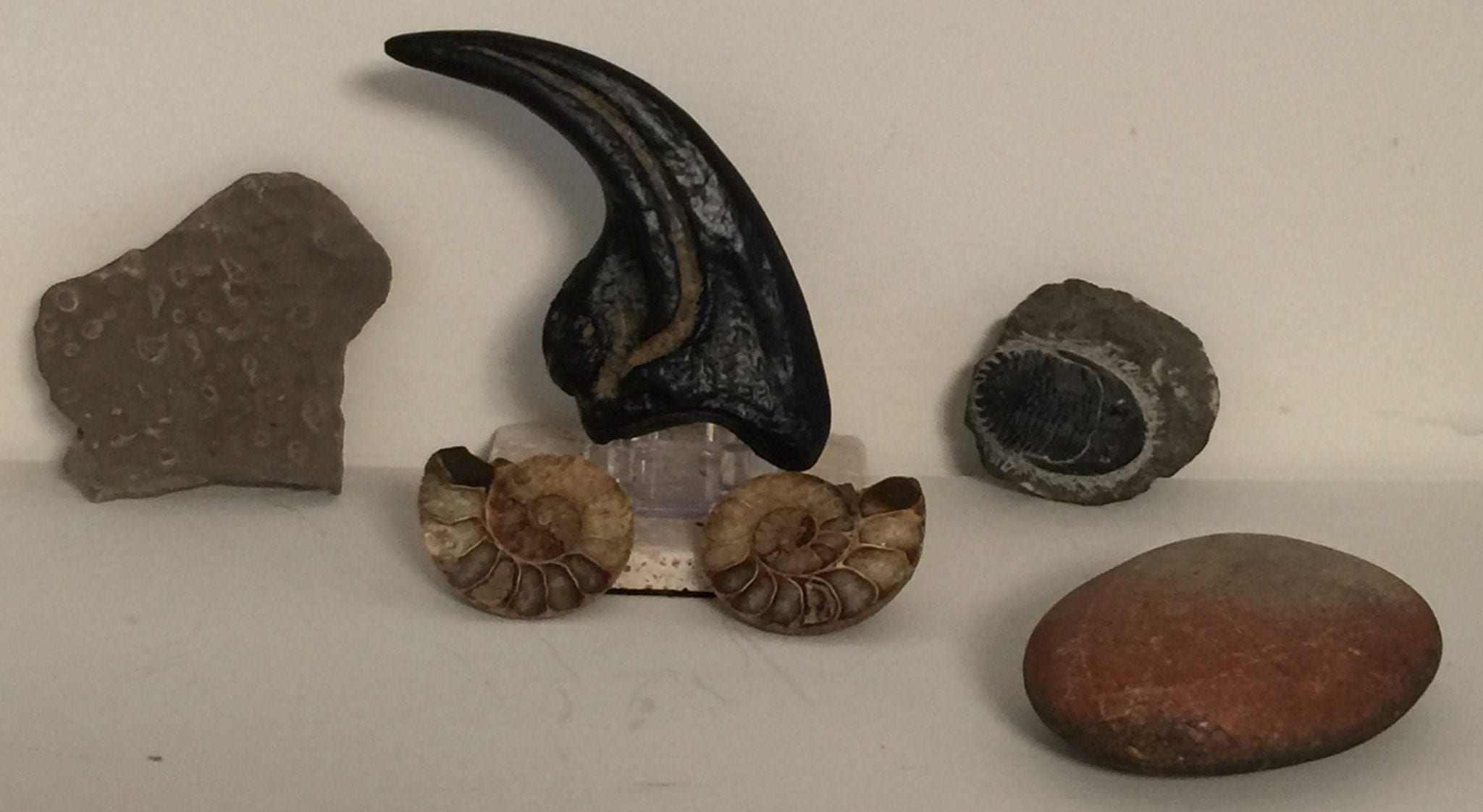
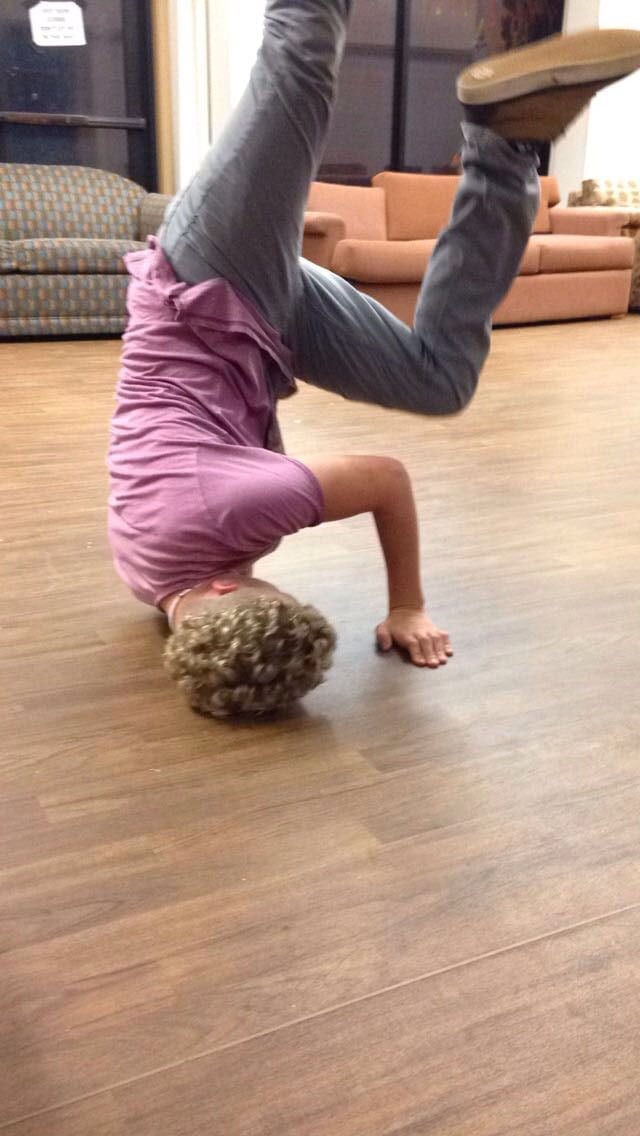
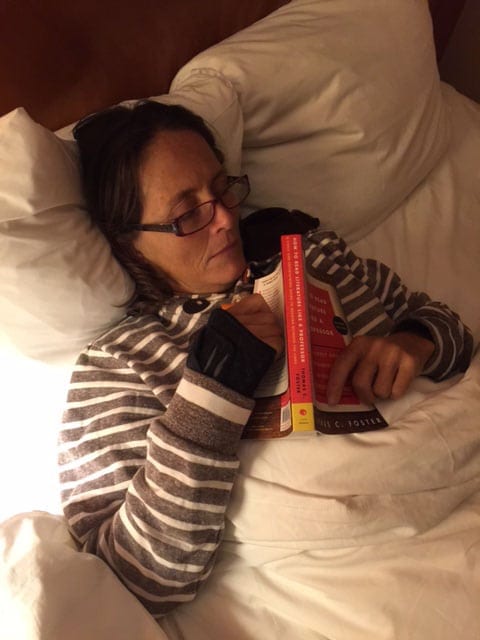
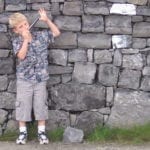
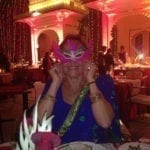
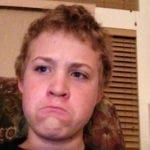
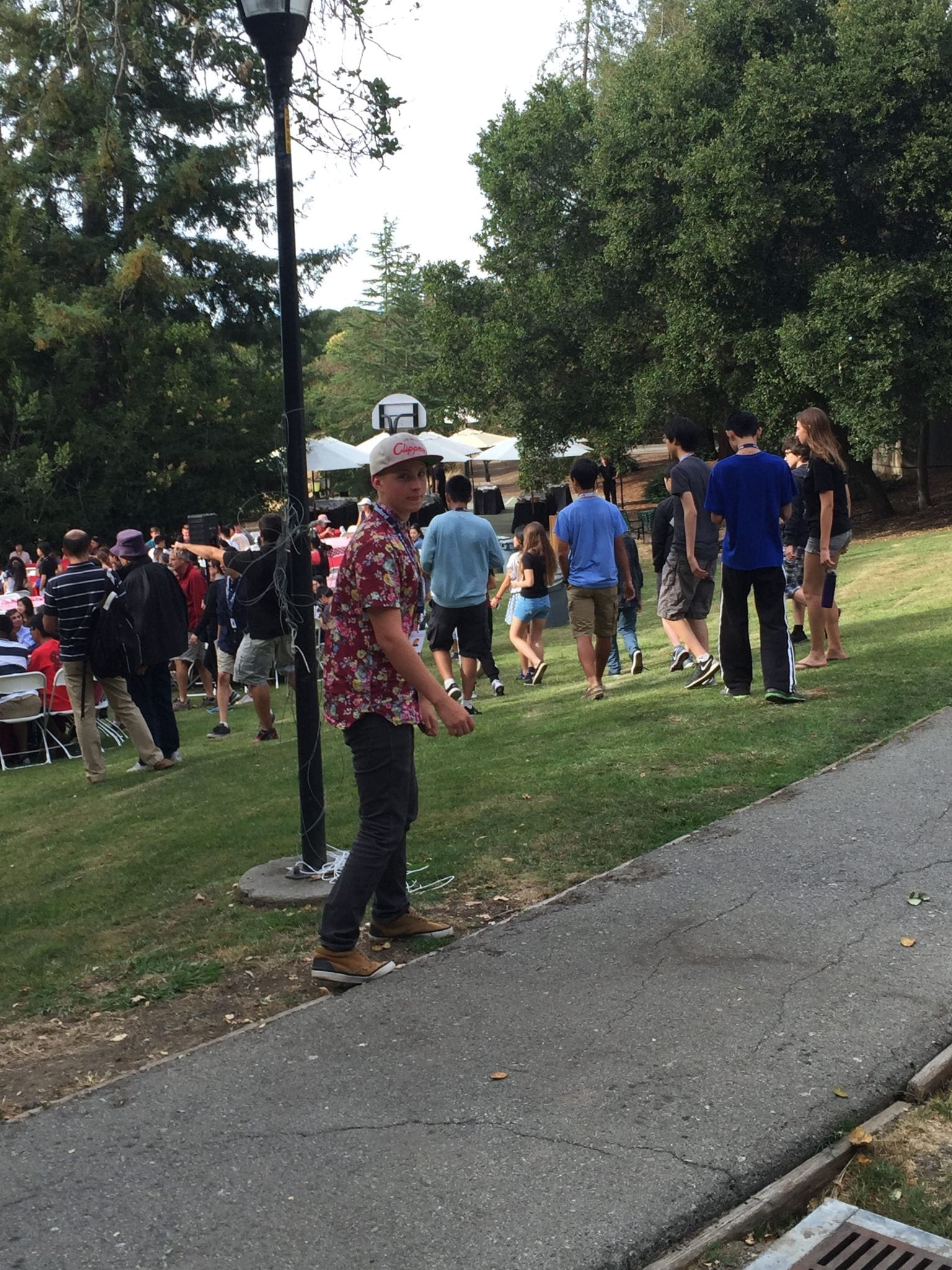
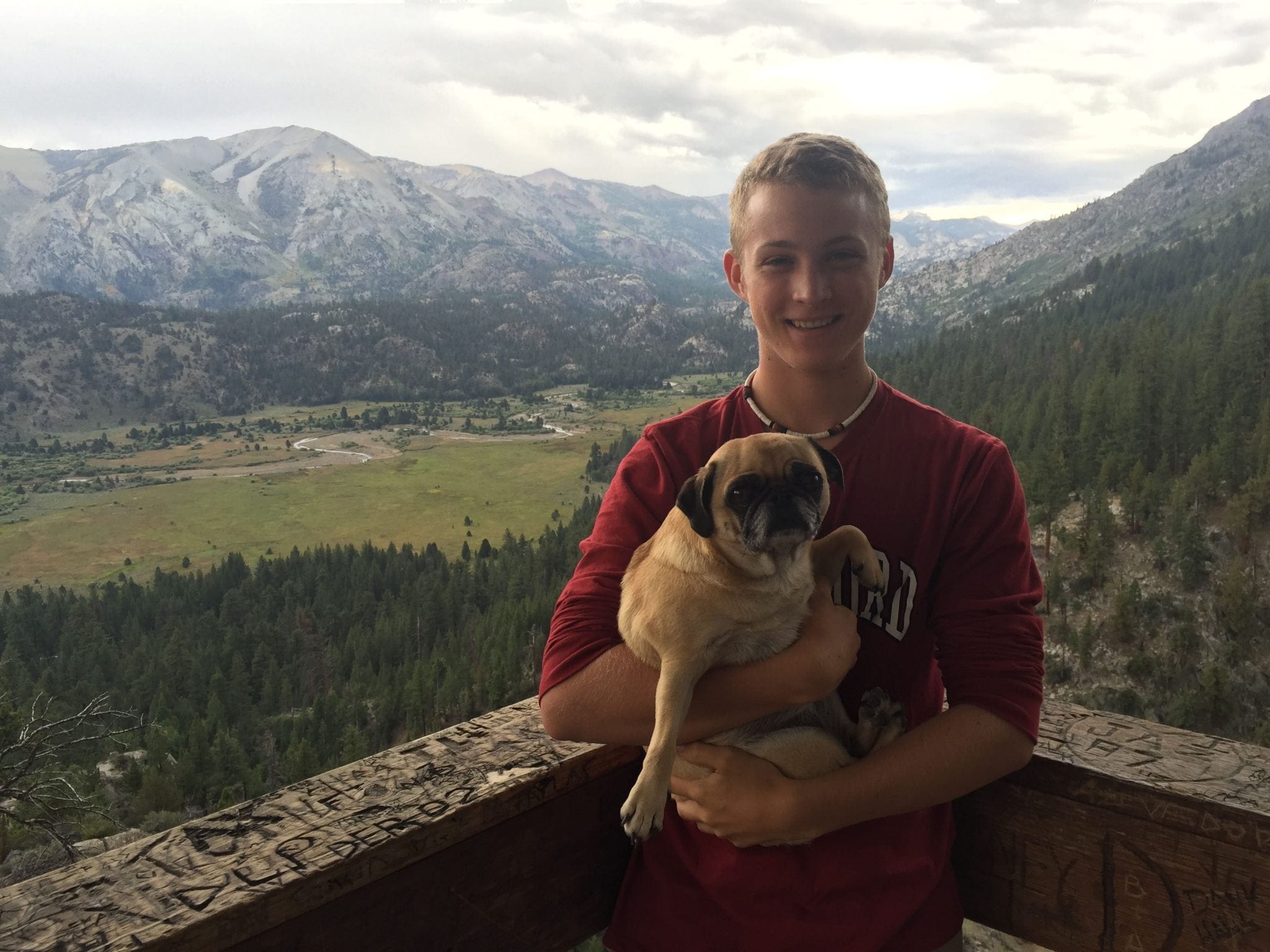






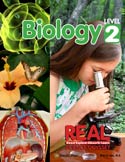
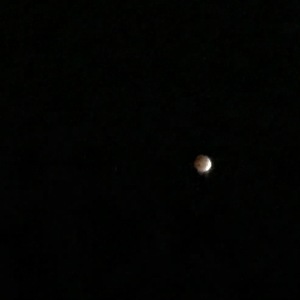
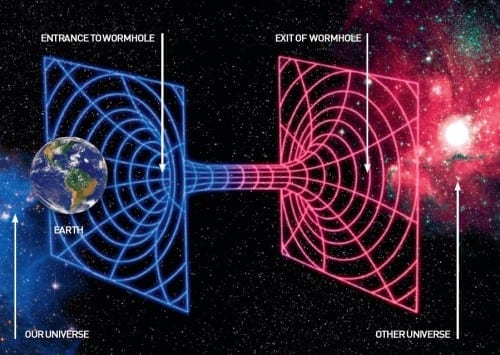
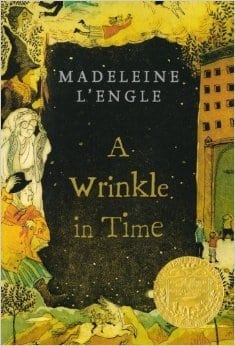
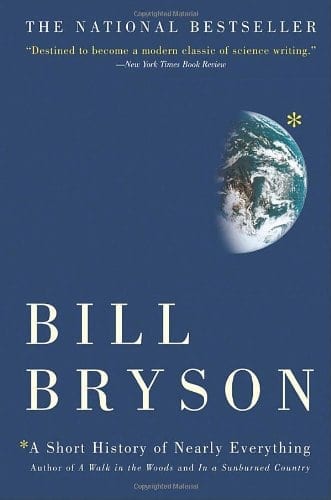
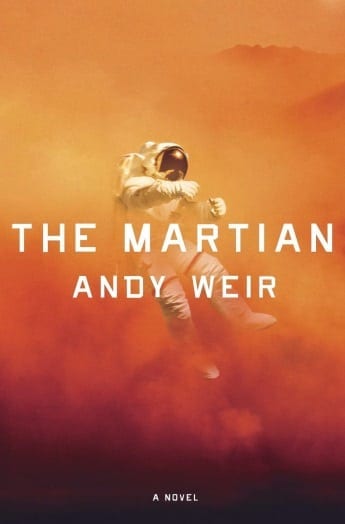
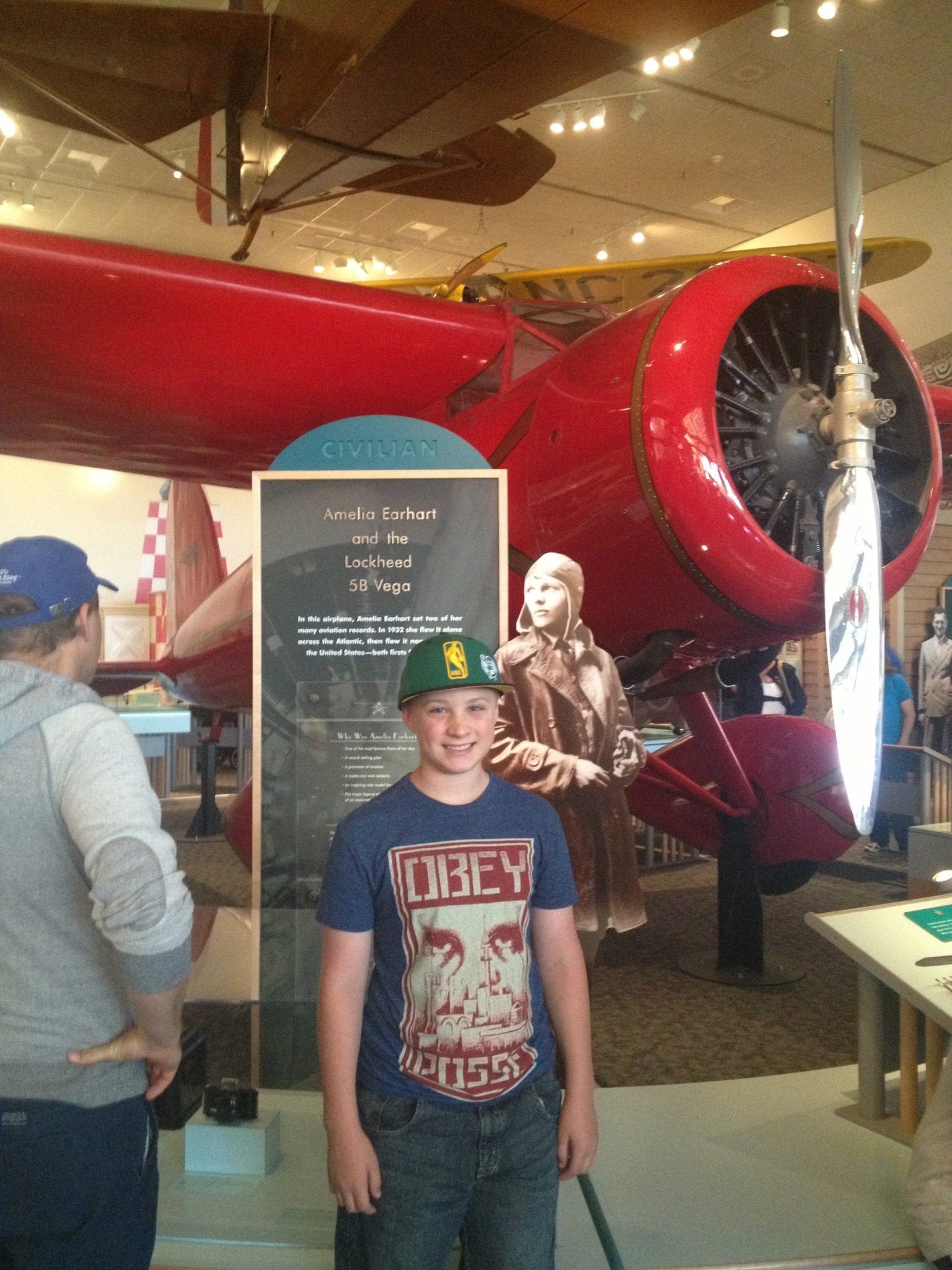
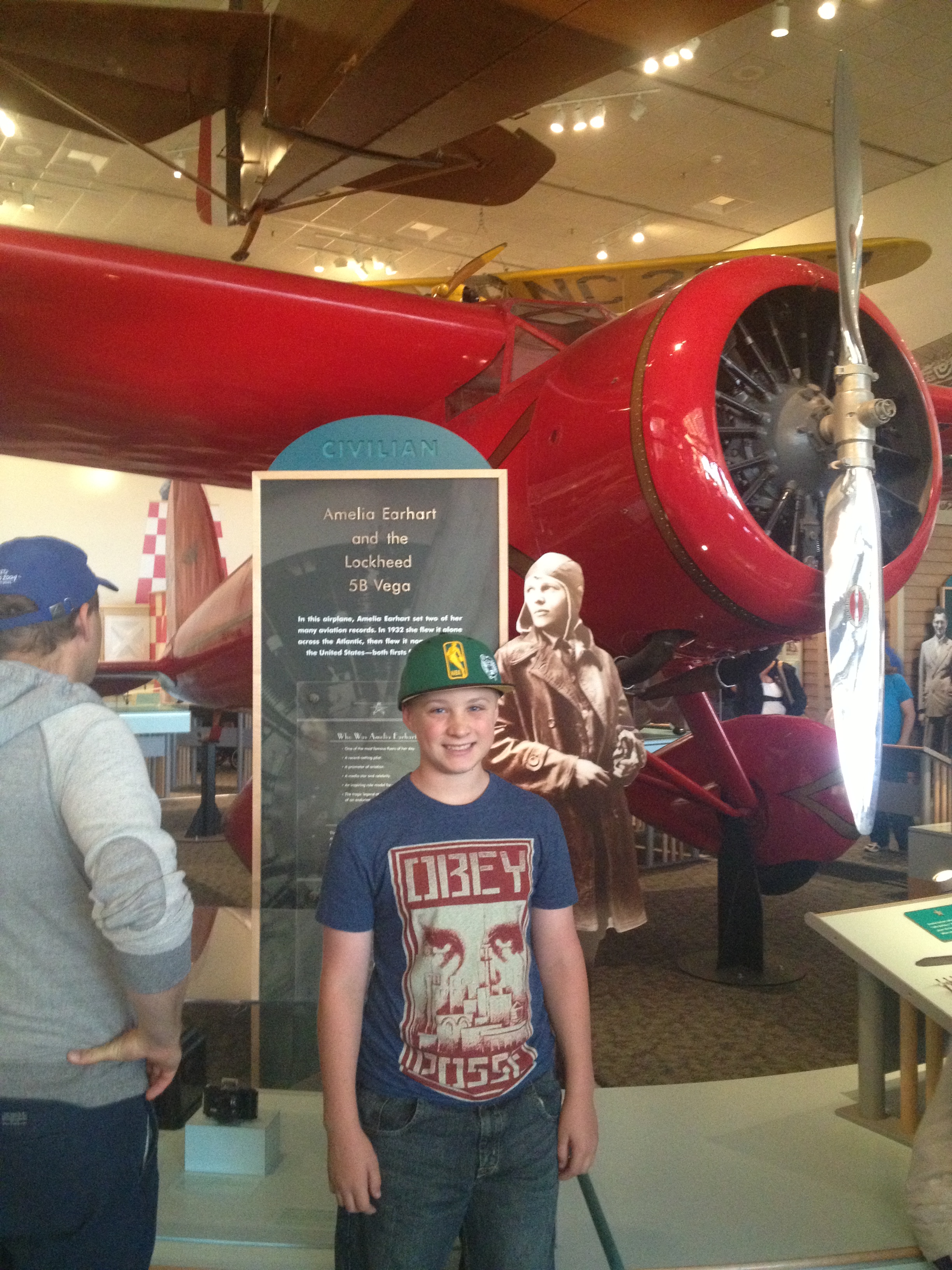
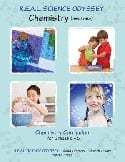














 The actual mosque, Muhammad’s beard hair is in there somewhere. The call to worship from this mosque sounded quite different from the one we heard at the mosque in Dubai.
The actual mosque, Muhammad’s beard hair is in there somewhere. The call to worship from this mosque sounded quite different from the one we heard at the mosque in Dubai.


 Now we are on our way to a Hindi Temple.
Now we are on our way to a Hindi Temple.




















